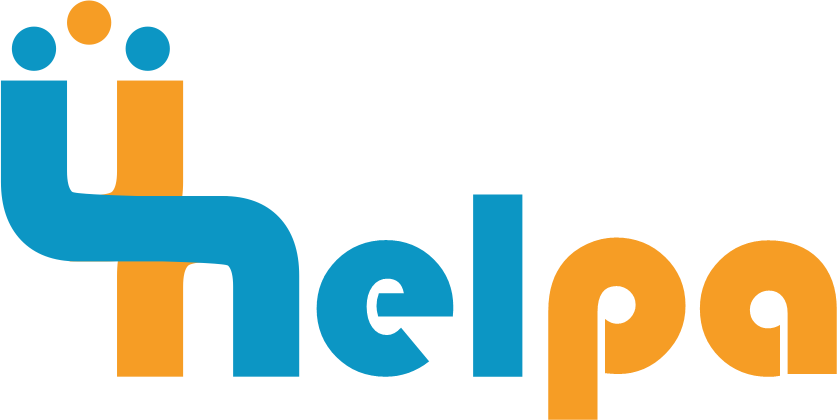Social media is more than just a platform for sharing updates and connecting with friends. It is a powerful tool for mobilising support and raising critical funds for loved ones in need. With billions of active users and an unmatched reach, it offers you the opportunity to amplify your fundraising efforts and tap into the generosity of strangers.
In this article, we share the most effective social media tips and strategies to help you unlock the full potential of online fundraising.
- Open a Facebook account
If you’re going to use one social media site for publicity, it should be Facebook. If you will be using multiple sites, Facebook should be number one.
What makes Facebook such a great place to raise funds for medical treatment?
Facebook offers the largest potential donor pool, with over 2.9 billion active users. Due to this, it enables easy sharing of fundraising campaigns with friends, family, and networks, which increases visibility and reach.
- Connect with people or “Friend” them
Become Facebook friends with a vast selection of people. You can connect with old colleagues, school or classmates, your friend’s friends, your partner’s friends, and more. This way, you can increase the number of people who readily view your fundraising posts.
Social media strategies that work for fundraising
- Use relevant and trendy hashtags
Using relevant and trendy hashtags is crucial to increase the visibility of your fundraising campaign on social media. Research and utilise popular hashtags related to your cause, such as #FightingCancer or #CharityTuesday, to reach a wider audience. Hashtags help your campaign get discovered by people who are interested in supporting similar causes, resulting in more donations and shares.
- Sharing your campaign regularly
Consistency is key when it comes to sharing your fundraising campaign on social media. Regularly post stories, and reminders to keep your audience in the loop. Aim to post at least once a day; this will help maintain momentum and encourage donations.
- Employ all your social media accounts
Don’t put all your eggs in one basket. Utilize all your social media accounts, including Facebook, Twitter, Instagram, and YouTube, to reach different audiences. At the same time, choose carefully so you are not spread too thin and can’t keep up. Each platform has its unique features and user demographics, so tailor your content accordingly. By employing more than one social media account, you’ll maximize your online presence and potential donations.
- Provide updates for donors on social media
Keep your donors in the loop by providing regular updates on your fundraising campaign’s progress. Share stories, photos, and videos showcasing the impact of their donations.
If the purpose of fundraising is for a surgery, you can share a picture after the procedure. If it’s for renal transplant, you can show videos of ongoing dialysis.
All these will help build trust, encourage repeat donations, and demonstrate transparency. It is also an indirect show of gratitude.
- Appreciate donors on social media
Show your gratitude to donors by publicly acknowledging their contributions on social media. Use shoutouts, tags, thank-you posts, or even a dedicated donor recognition page to express appreciation. This will not only make donors feel valued but also encourage others to contribute, as they see the impact of their donations being recognized.
Social media traps to avoid
- Sharing campaign too often or too little
Avoid the extremes of sharing your fundraising campaign too frequently or too infrequently. Share posts in moderation. Overposting can lead to donor fatigue, causing followers to tune out, unfollow, or block you. On the other hand, underposting may result in a lack of visibility and momentum.
Strike a balance by sharing updates 4-5 times a week, mixing up the content and timing to keep your audience engaged. If you share treatment updates in text format today, share pictures or videos tomorrow. It will keep people adequately informed.
- Posting links without captions
Don’t just post a link to your fundraising campaign without context! People are not psychic. It is difficult to tell the importance of a link without a backstory. Adding a compelling caption or description can make all the difference in getting noticed and encouraging donations.
You can use this opportunity to share a personal story, highlight the impact of donations, or provide updates on your campaign’s progress. This will help draw in potential donors and sharers and make them more likely to support your cause.
- Limited or no engagement with others
Social media, in general, works better when it is a two-way conversation and not a one-way broadcast. For fundraising, actively engaging with people works wonders. Converse with your followers, respond to comments and messages, and show interest in others’ content. This will help build relationships, foster a sense of community, and encourage donations.
- Failing to post pictures and videos
Visual content is king on social media! Failing to post pictures and videos can make your fundraising campaign seem dull and unengaging. As a result, it might not gain necessary momentum.
Use high-quality images and videos to share stories, show the impact of donations, and provide updates on your campaign’s progress. This will help capture people’s attention, evoke emotions, and inspire donations. It is important to mix up the types of visuals you post to keep your content fresh and engaging.
Takeaway
Don’t let your loved one’s medical treatment go unfunded – launch a Helpa campaign today and start sharing on social media today. With the right approach and a little creativity, you can reach your fundraising target in no time.
So why wait? Start sharing and start raising funds.
